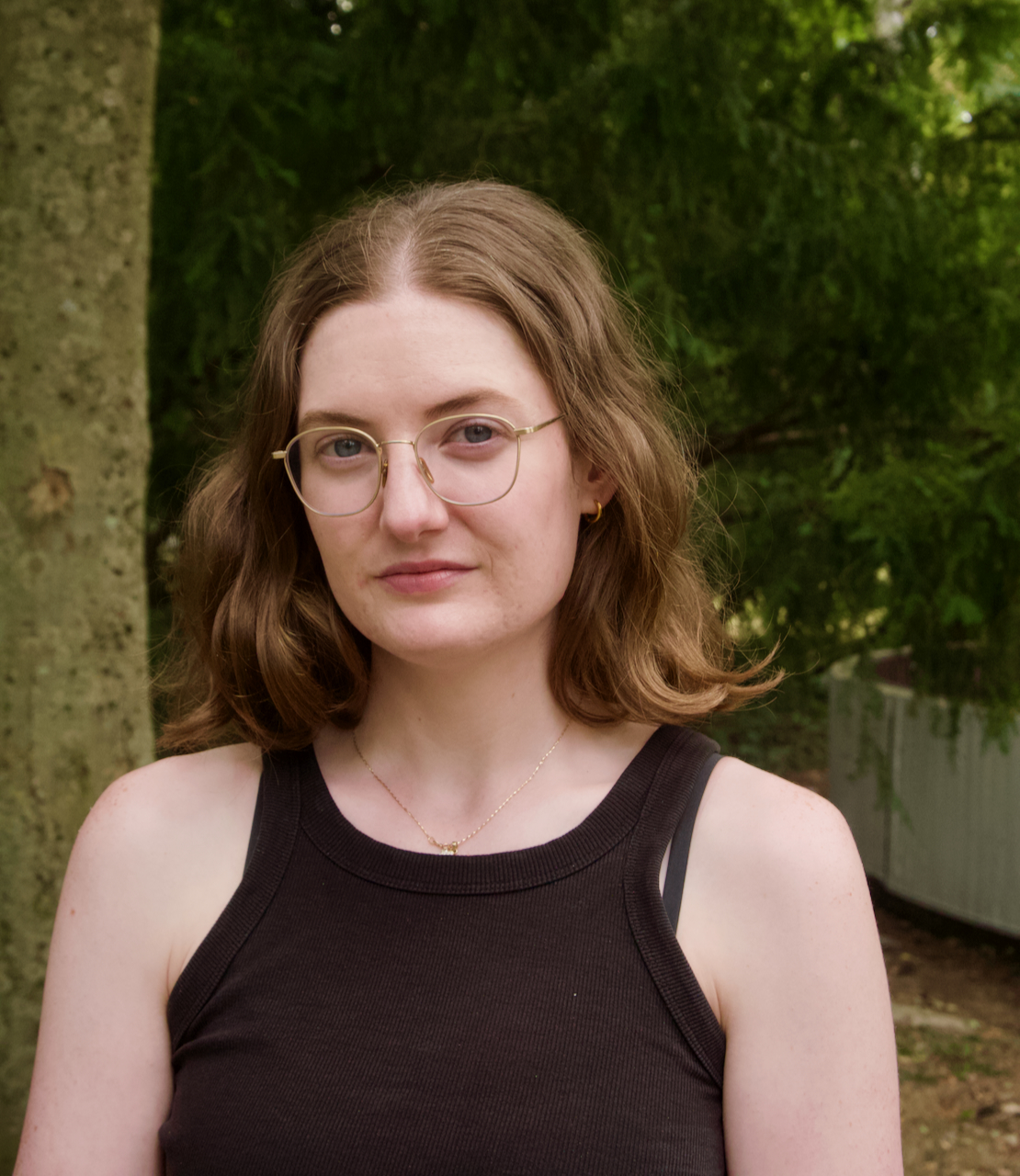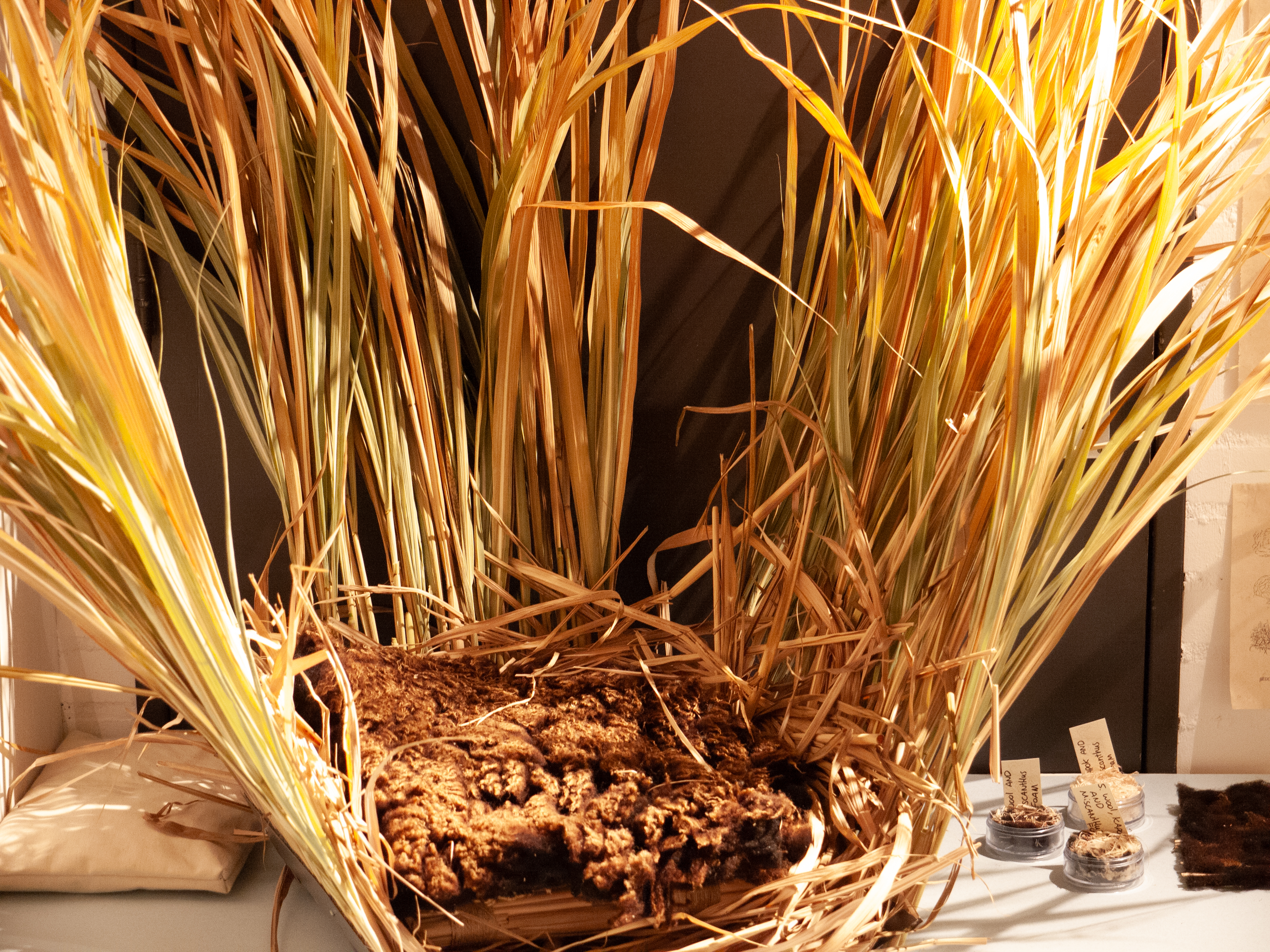This project is a part of Term 1 that focuses on designing of life-size spatial objects to learn the basics of Object, Space, Light, Order and Surface Modulation. Students learn how to build relationships between spaces, functions and routes in an apartment and how to construct and articulate these spaces with materials. The visual representation in all phases is a key element.
The assignment was to make a cardboard capsule in which we could spend a night. The assignment was for the project to be realised individually. However, two and a half weeks before the deadline, our tutor told us that both our individual concepts were too complex to be realised in such a short time period. We came up with the idea of realising and implementing this project together. It was a serious risk we took here, just two and a half weeks before the deadline, to complete a project like this in such a short time period. In the end, we had six days left to realise the capsule. The workload was very high and everything needed to go according to plan. Eventually we had to process 300 pieces of cardboard. We spent fourteen hours a day for six days putting together the capsule in the workshop, and then taking it apart again so that we could transport it to the final location in Rotterdam. Without the proper planning and organisation, the whole thing would have almost certainly taken longer and we wouldn’t have met the deadline.
A good collaborative effort can show you new insights and new approaches that you probably would never have thought of if you’d been working alone.
What didn’t you expect to learn, but experienced as a bonus?
After we teamed up, we first took a moment to carefully consider the projects of our classmates. We saw that everyone wanted to create a closed capsule in which the person could quietly and safely spend the night. Our concept was totally different. We wanted to create an aesthetically interesting object, which would draw people to our capsule. This gathering of people would provide us with the protection needed so we could go to sleep. So sometimes it’s a good idea to take a step back and have a good look at the situation.
Did you gain any insights that can be used in your further life and study?
The collaborative effort between the two of us went extremely well. We might work again together in the future.
The danger with individual assignments is that the person can get stuck in a tunnel vision. A good collaborative effort can show you new insights and new approaches that you probably would never have thought of if you’d been working alone.

Cocoon Project
Laurens (left) and Hendrik working on their capsule: "The collaborative effort between the two of us went extremely well."
What kept you awake at night?
We spent an average of 14 hours a day working on the capsule. By the time we got home, we went on dreaming about certain solutions. At a certain point you’re so absorbed with the project that it becomes hard to think about anything else.
The biggest question in our heads was really whether or not we would make the deadline.
What was the greatest obstacle?
Time! We started the whole project again from scratch just two and a half weeks before the deadline, and eventually were able to realise the capsule in six days. Thereby, a serious obstacle was amount of time it took to assemble and disassemble the capsule – which was made possible by the fact that we didn’t use any glue in the design! Working together to assemble the capsule took something like six hours. Disassembling it took about two hours.



